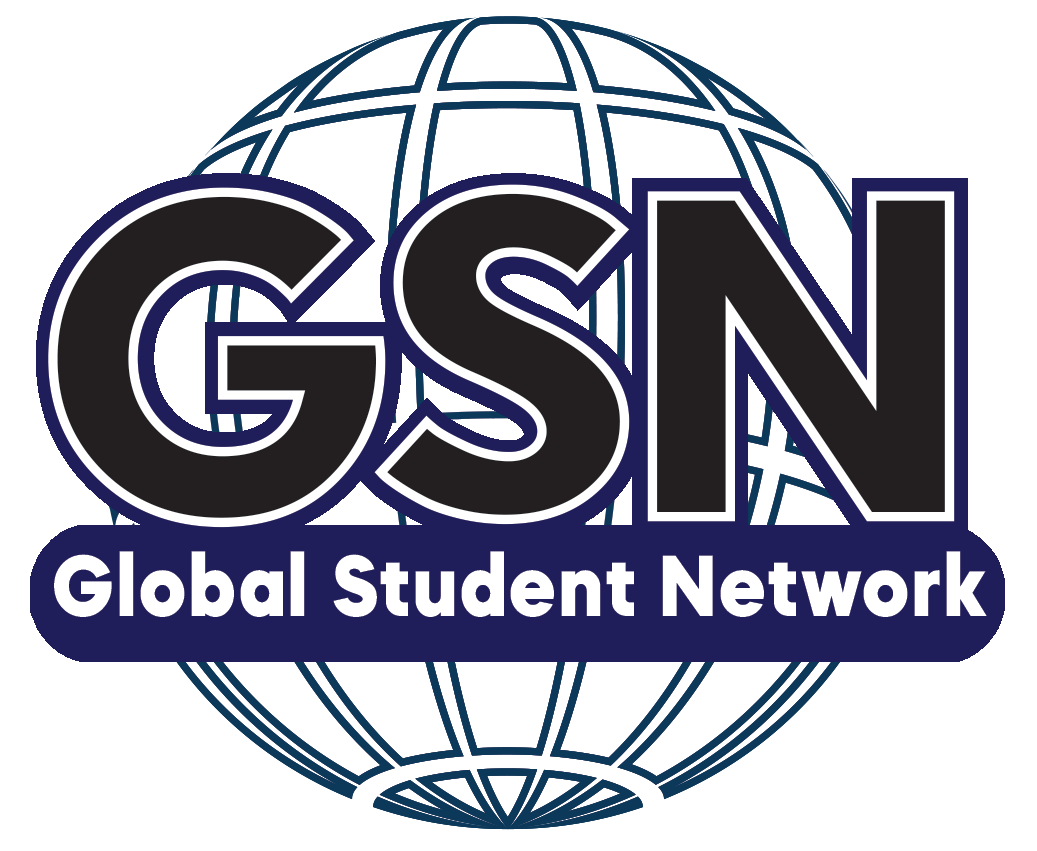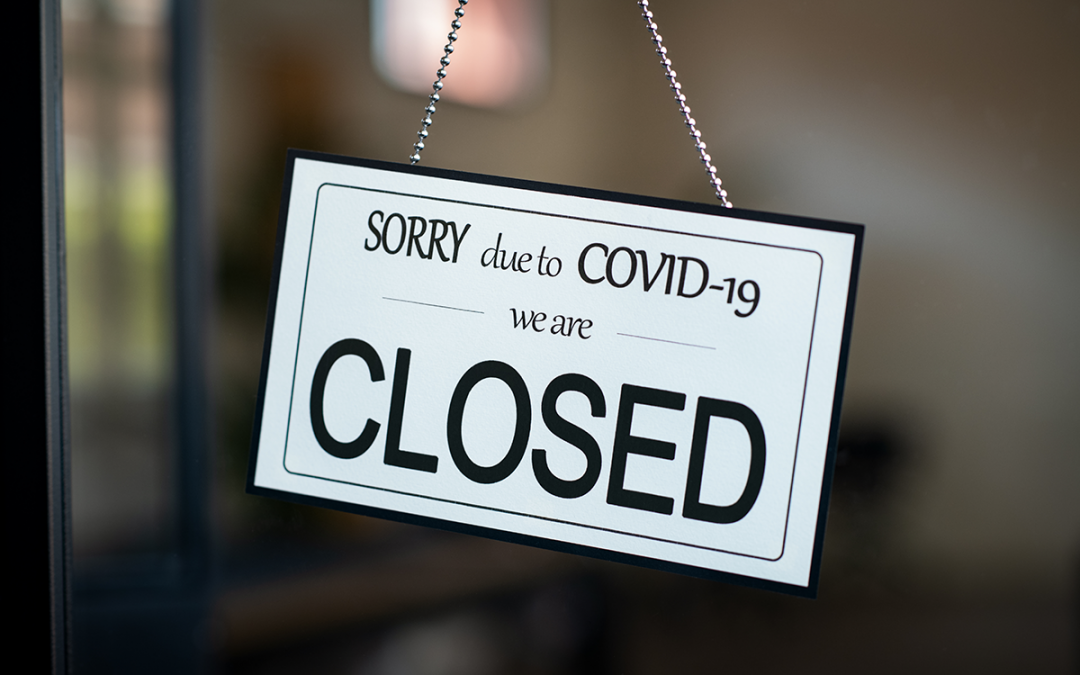The upshot of the Coronavirus pandemic and tens of millions of American K through 12 students adjusting to a “school at home” atmosphere, is that public school teachers have had to learn a lot about home schooling and parents have had to adjust to the temporary role of school teachers while continuing to be fulltime work-at-home employees. There’s a lot to be learned from both sides of this unusual situation.
Although public schools have experimented with varying levels of “blended learning,” the fact is that teaching models, overall, have not changed much for several decades. Post-Coronavirus pandemic, public schools will have to fully adjust to the idea of “blended learning” – a model that home school parents and teachers have been using since at least the mid-2000s.
WHAT IS “BLENDED LEARNING?”
To boil the concept down to its most basic principles – blended learning, in its most current form, combines the best in online learning with the proven traditional benefits of teacher-based textbook, pencil and paper activities. Blended learning does not replace the teacher/student dynamic, it makes it better.
In the language of home schooling, blended learning releases parents from the onus of having to know something about everything. It also benefits the home school student who might be having a hard time comprehending certain material by offering them the option of going online to find what might perhaps be a more real-life explanation of what a textbook is trying to present. And it offers students the opportunity to participate in shaping their own learning experience and doing so while learning at their own personal pace.
THE BLENDED LEARNING REVOLUTION
Now that the entire K to 12 educational spectrum has experienced what was once known only as “home schooling,” what does the future look like? An April 13, 2020 Forbes article written by Senior Contributor, Enrique Dans, states emphatically that “The Coronavirus Pandemic Has Unleased A Revolution in Education: From Now On, Blended Learning Will be the Benchmark.” https://www.forbes.com/sites/enriquedans/2020/04/13/the-coronavirus-pandemic-has-unleashed-a-revolution-in-education-from-now-on-blended-learning-will-be-the-benchmark/#4a1bb27e536f
“The change will be permanent,” writes Mr. Dans. “Educational activity will no longer be face-to-face or online but a blend, able to move from one to another immediately fluidly, continually, through a student’s life, way beyond the school, college or university years. In today’s world, we are all required to continually learn and unlearn, and we will demand conceptual frameworks and tools for it. Institutions, academic directors, teachers or students who are unable to adapt will simply have no place in this new scenario.”
The author recognizes three primary issues that must be dealt with before blended learning can be recognized across-the-board by either public schools or home schools.
“Firstly,” he states, “we need to resolve the so-called digital divide: we must understand that every person who intends to access education, considered a universal right in many countries, must necessarily have access to a computer and an internet connection with reasonable bandwidth. This requirement will temporarily raise barriers to entry to education, and will be something that both institutions and governments will have to take into account through scholarships, grants, loans, donations, etc.
“Secondly,” Mr. Dans continues, “this will mean that teachers must reconsider all their methodologies and prepare them for this new, blended learning environment. This will not be an option: no matter how successful teachers might have been in the previous environment, they will need to understand that those days are gone, and that they must now adapt to new standards. This requires openness toward being trained in the use of new tools, modifying their syllabuses , their evaluation methodologies, and understanding the role of each element in this new environment with new learning processes.
“Thirdly, institutions, both educational and normative, must understand that, in this new context, some ways of teaching no longer make sense. In an online environment with access to unlimited information, the focus on memorizing things loses its meaning, and is replaced by the need to know how to select and use the information appropriate to each context. We will need to transition from exam-based systems that encourage knowledge retention to others based on developing projects or tasks. This means the end of textbooks as a sole source of knowledge, along with sessions where a teacher ‘recites’ a lesson and students take notes. Instead, flipped classroom methodologies, where the student takes centre stage in preparing material and the teacher devotes interaction time — online or face-to-face — to providing structure, explanations in greater depth, or answering questions.”
As has been the case in home schools for some time, group work and participation will become building blocks of the educational process. “Peer-to-peer evaluations will become the norm. Instead of relying on exams to grade students, we will now see complex systems made up of participation, course work, projects, individual and group work, grades assigned by colleagues, and possibly several other criteria.”
For more information about blended learning-adapted educational programming, visit Global Student Network (GSN). GSN offers the best in online learning platforms, is flexible and personalized and includes the support of a dedicated academic advisor ready to work with every parent and every student every step of the way. (www.GlobalStudentNetwork.com )

